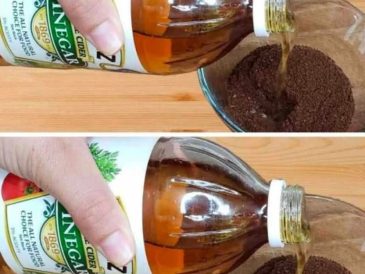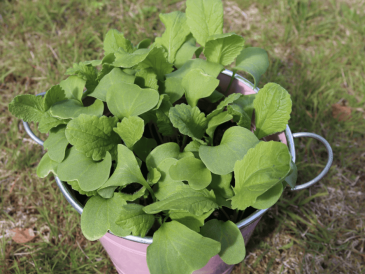Blueberries are not only delicious and nutritious, but they are also relatively easy to propagate, making them an excellent choice for gardeners looking to expand their fruit garden. Propagation through cuttings is a cost-effective method that allows you to clone your favorite blueberry varieties. This method involves taking a section of a blueberry plant and encouraging it to grow roots, eventually developing into a new plant. With the right techniques and timing, you can enjoy a continuous supply of blueberry plants, ensuring a bountiful harvest year after year.
Understanding the Optimal Timing for Blueberry Cuttings
The best time to take blueberry cuttings is during the late summer to early fall, typically from late August to early October. During this period, the plant’s growth slows down, and the wood becomes semi-hard, which is ideal for cuttings. This timing allows the cuttings to establish roots before the onset of winter dormancy. Additionally, the cooler temperatures and increased humidity during this time create favorable conditions for rooting, reducing the risk of dehydration and stress on the cuttings.
Benefits of Taking Blueberry Cuttings Now
Taking blueberry cuttings at this time of year offers several advantages. Firstly, the plant is in a semi-dormant state, which means it can focus its energy on root development rather than leaf growth. Secondly, the cooler weather reduces the risk of fungal infections and dehydration, common issues when propagating in warmer months. Lastly, by starting the propagation process now, your new plants will be ready to transplant in the spring, giving them a full growing season to establish themselves.
Essential Tools and Materials for Blueberry Propagation
To successfully propagate blueberries, you will need a few essential tools and materials. These include a pair of sharp, clean pruning shears, rooting hormone powder or gel, a well-draining potting mix, small pots or trays, and a clear plastic cover or humidity dome. Additionally, having a spray bottle for misting and a heat mat can help create the optimal environment for rooting.
Step-by-Step Guide to Taking Blueberry Cuttings
Begin by selecting healthy, disease-free blueberry plants. Choose semi-hardwood stems that are about 6 inches long, with several leaves. Using clean pruning shears, make a clean cut just below a leaf node. Remove the leaves from the lower half of the cutting to reduce moisture loss and dip the cut end in rooting hormone. This encourages root development and increases the chances of successful propagation.
Preparing the Blueberry Cuttings for Rooting
Once your cuttings are prepared, plant them in a pot filled with a well-draining potting mix. Make a hole in the soil with a pencil or stick, insert the cutting, and gently firm the soil around it. Water the cuttings thoroughly to settle the soil and eliminate air pockets. Cover the pot with a clear plastic cover or place it under a humidity dome to maintain high humidity levels, which are crucial for rooting.
Creating the Ideal Environment for Rooting
Blueberry cuttings require a warm, humid environment to root successfully. Place the pots in a location with indirect sunlight, as direct sunlight can scorch the cuttings. A temperature range of 65-75°F is ideal. If necessary, use a heat mat to maintain consistent warmth. Mist the cuttings regularly to keep the humidity high, but ensure the soil remains moist, not waterlogged, to prevent rot.
Caring for Your Blueberry Cuttings
Monitor your cuttings daily, ensuring they remain moist and free from pests or diseases. After a few weeks, gently tug on the cuttings to check for resistance, indicating root development. Once roots have formed, gradually acclimate the cuttings to lower humidity by removing the plastic cover for increasing periods each day.
Transplanting Rooted Blueberry Cuttings
When the cuttings have developed a robust root system, they are ready to be transplanted. Choose a sunny location with acidic, well-draining soil. Dig a hole slightly larger than the root ball, place the cutting in the hole, and backfill with soil. Water thoroughly to help the plant settle in and eliminate air pockets.
Long-Term Care for Your New Blueberry Plants
To ensure your new blueberry plants thrive, provide them with regular care. Water them deeply once a week, especially during dry spells. Mulch around the base to retain moisture and suppress weeds. Fertilize with an acid-loving plant fertilizer in early spring and again in late summer. Prune annually to remove dead or weak branches and encourage healthy growth.
Conclusion: Enjoying a Lifetime Supply of Blueberries
By mastering the art of blueberry propagation, you can enjoy an endless supply of blueberry plants, providing you with delicious fruit for years to come. Not only does this method save money, but it also allows you to preserve and multiply your favorite blueberry varieties. With patience and care, your garden will flourish, offering the sweet rewards of homegrown blueberries season after season.




